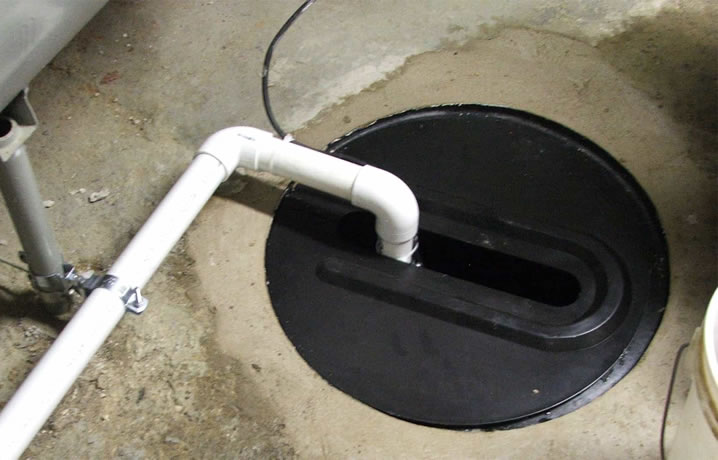Call This Saturday to Get $50 OFF
Call us today
214-943-2424

If you have a basement in your house, you most likely have a sump pump to protect it from flooding the basement. Despite this crucial system, most homeowners don’t know much about the cleaning process to always have their house and basement protected. Throughout this article, we will go through the two types of sump pumps and their systems, do’s and don’ts for cleaning sump pumps, the six proper steps for cleaning them, and how Texas Rooter can help. So, let’s start.
There are two main types of sump pumps: submersible and pedestal. Submersible pumps have their motor inside the pit, while pedestal pumps have their motors above the sump pit. Despite having different types, they have very similar systems. A regular sump pump is composed of a power source that supplies electricity to the pump, a float switch that floats if there is flooding and a motor to push the water out through the discharge pipe, which leads the water far away from your house. Any of these systems can be affected if you have a problem with the sump pumps. That’s why it’s a little complicated. Call Texas Rooter to get your sump pump installation today.
Before cleaning your sump pumps, there are some do’s and don’ts. Let’s go over them in this section:
If you want to clean your sump pump, don’t choose a rainy day to do so. Make sure no water is coming from an outside source. If you don’t think you can do the steps below, contact an experienced plumber. Let’s start:
Are you looking for a trusted local plumber? If so, you are in the right place. At Texas Rooter, we are always here for our customers. With our licensed and insured staff and 24-hour emergency services, the needed plumbing service is no longer a problem. Call us today to learn more about us and our services.
With the charm of a vintage house often comes a cold reality: older homes weren’t…
Read MoreKings of the past had to summon servants to haul and heat water whenever ‘their…
Read MoreLet’s be honest: most of us don’t exactly cheer when we hear from our insurance…
Read MoreIf you're not familiar with the water main, it is the piping that carries clean…
Read MoreWhen most homeowners think of a kitchen remodel, their minds immediately go to the visible…
Read More